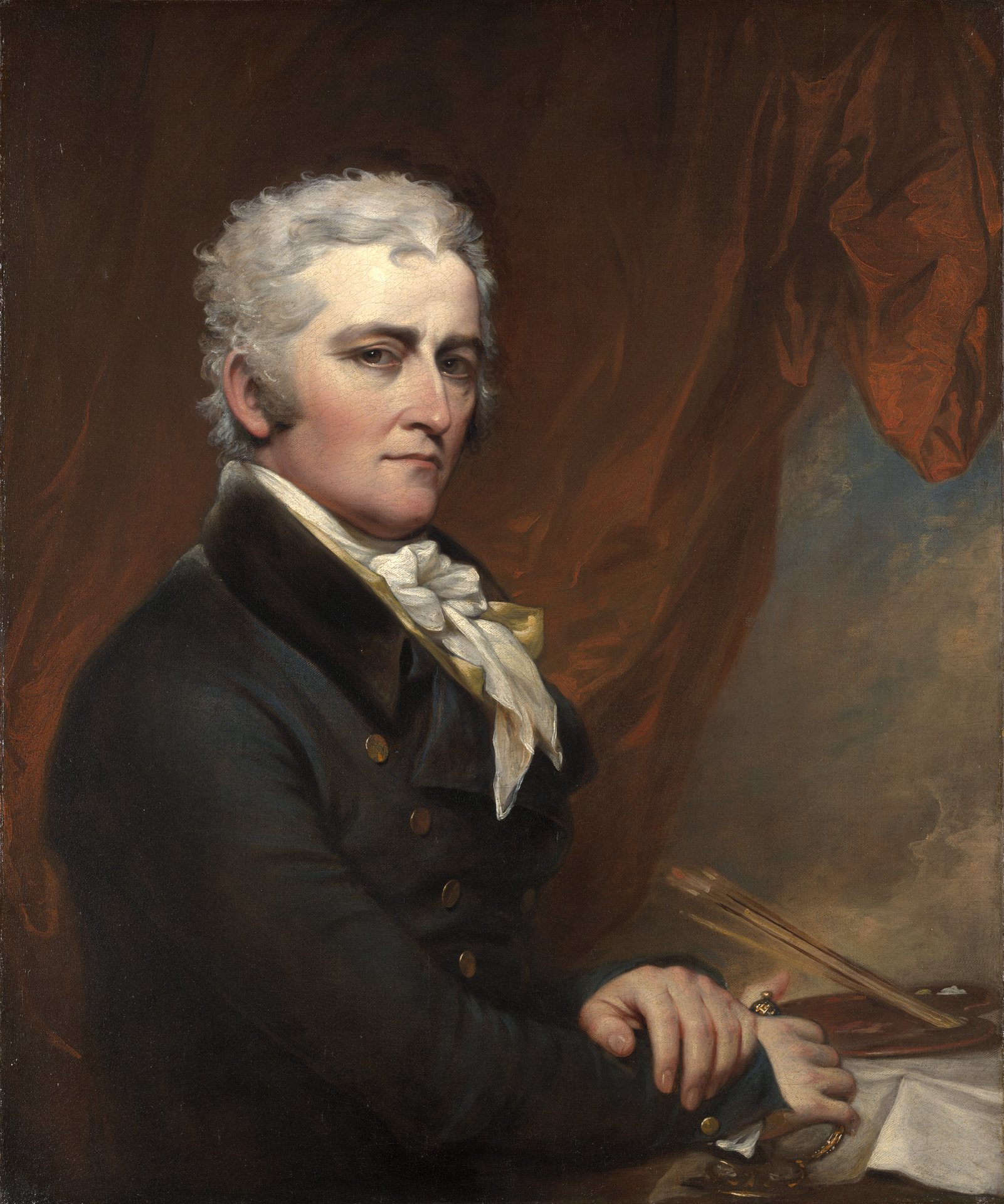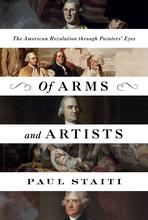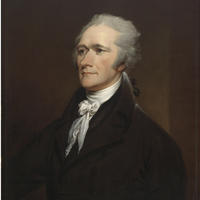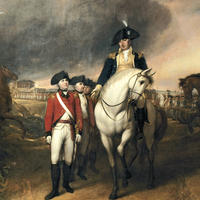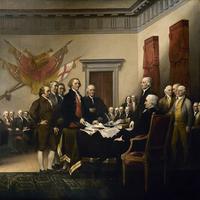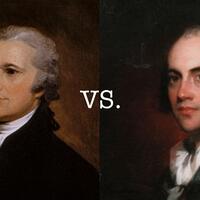More about John Trumbull
- All
- Info
- Shop
Works by John Trumbull

Sr. Contributor
John Trumbull is America's first master painter.
Trumbull knew early that painting was the goal. His father, the Governor of Connecticut, had other plans; swaying the boy to study for either law or the clergy at Harvard by making John think that art = poverty. Except, the young Trumbull got the opportunity to meet Beantown's own John Singleton Copley, receiving a personal MTV's Cribs-style tour of Copley's mansion and closet full of big pimpin' clothes replete with gilt buttons. Thus, John doubled down on art and, at 17, became the first American artist with a college degree. Between Copley's riches and a college degree, it seemed nothing would stop Trumbull from entering the art world.
But then the Revolutionary War got in the way. The governor used his influence to land John a cush military gig with rebel forces that grew into a job with George Washington. Trumbull succeeded in the Continental Army, leaving Washington for a colonel's commission at Ticonderoga. Trumbull might have gone far in the military if not for quitting in protest over a clerical error. The commission paperwork arrived with the incorrect start date for his new position. John peaced out and carped about the non-issue for the rest of his life.
Trumbull's next adventure was to London (in the middle of the Revolutionary War) to study with history painting master Benjamin West. The British arrested Trumbull as a rebel spy, spending eight months in the pokey before getting shipped back to America. John swore up and down that spying wasn't his bag. But we know today that he was probably full of it, spying like DiCaprio in The Departed. After the war, Trumbull returned to Britain to finish training with West. It was during this second trip that West and then Thomas Jefferson convinced Trumbull to give a shot at painting material from the Revolutionary War.
This first output of Revolution paintings is considered his best work, but none of it sold. People just weren't interested. When the love of his life died mid way through their courtship, Trumbull gave up on life and took a job offer as a diplomat in Europe for nearly a decade before coming back to NYC to give art another shot. Suddenly, his career skyrocketed. And then he left it all again, returning to London in 1808 for medical treatment of an old eye injury flaring up. Hostilities between America and Britain were heating up, devolving into the War of 1812. Leaving Trumbull stranded with neither a way back nor anyone willing to hire him, quickly draining his funds to almost nothing.
After finally getting home in 1815, Trumbull rebooted his Revolutionary War work after getting Congress's OK to decorate the blank walls in the newly-built Capitol Rotunda. The work cemented Trumbull's reputation as America's first great homegrown artist. Still, his crappy finances forced him to offer 100 of his best unsold paintings to Yale University in exchange for an annuity of $1000. Yale created an entire gallery out of Trumbull's work -- the first such gallery at an American institution of higher education. Trumbull's remains were interred underneath the gallery and moved when the gallery was relocated after the Civil War.
Featured Content
Here is what Wikipedia says about John Trumbull
John Trumbull (June 6, 1756 – November 10, 1843) was an American artist of the early independence period, notable for his historical paintings of the American Revolutionary War, of which he was a veteran. He has been called the "Painter of the Revolution".
Trumbull's Declaration of Independence (1817), one of his four paintings that hang in the United States Capitol rotunda, is used on the reverse of the current United States two-dollar bill.
Check out the full Wikipedia article about John Trumbull

